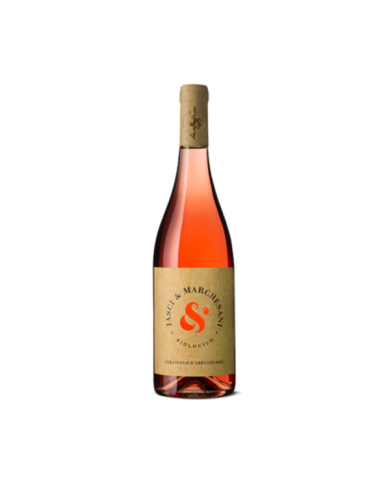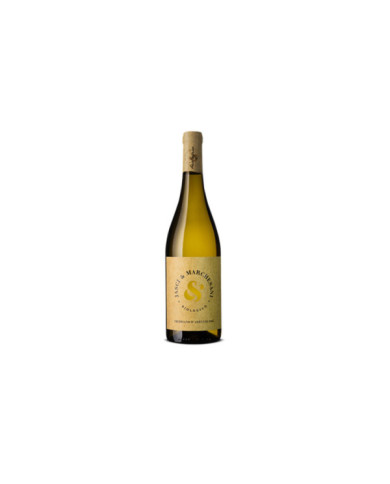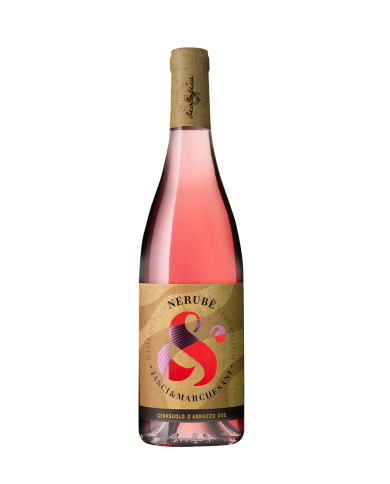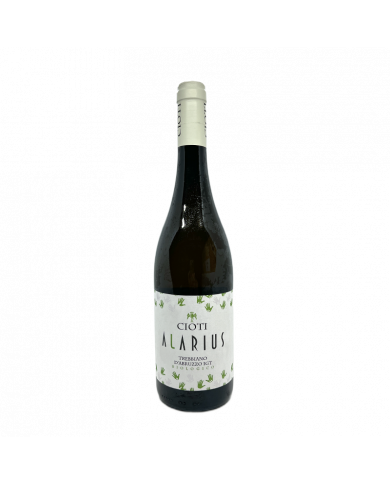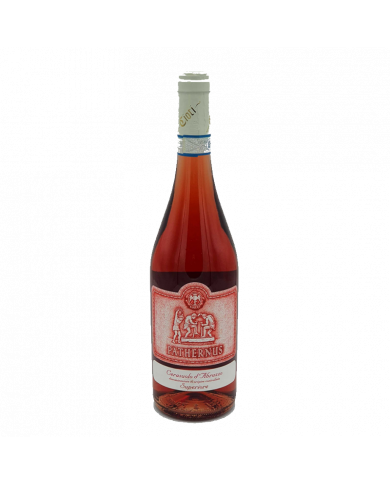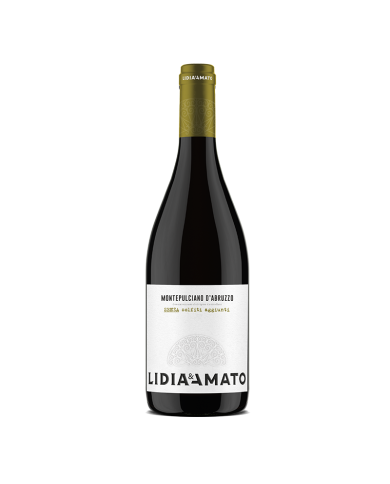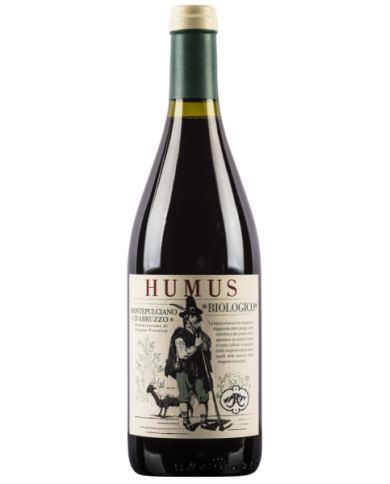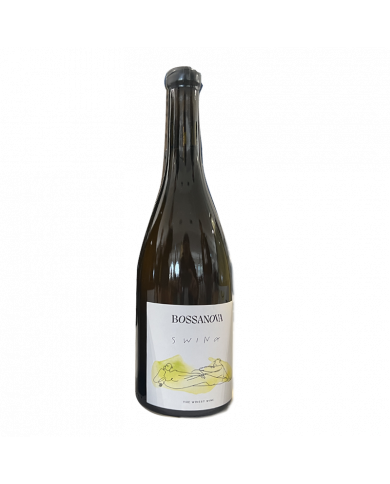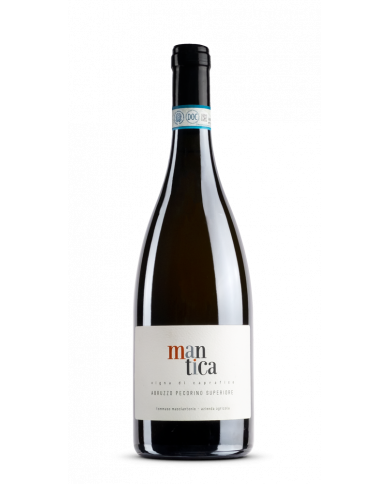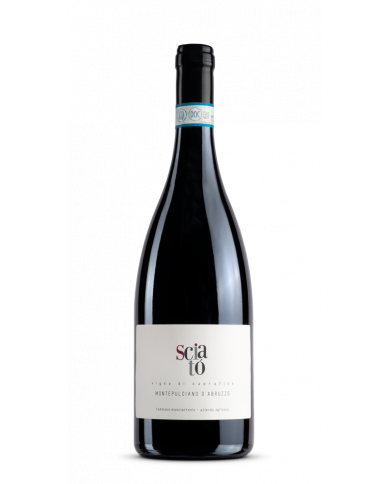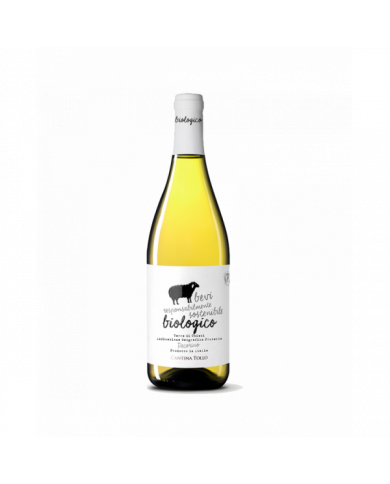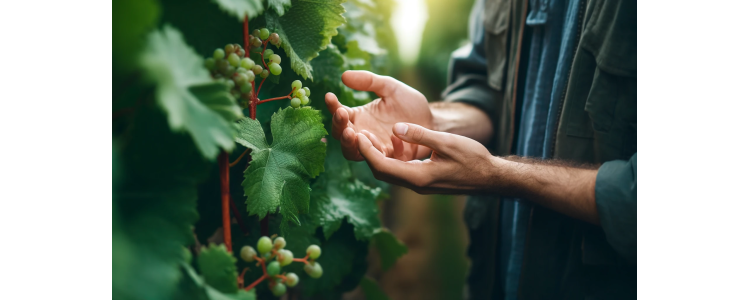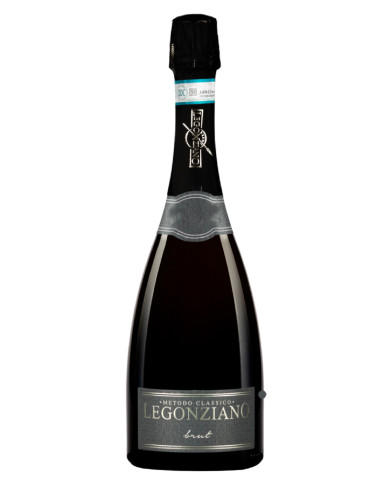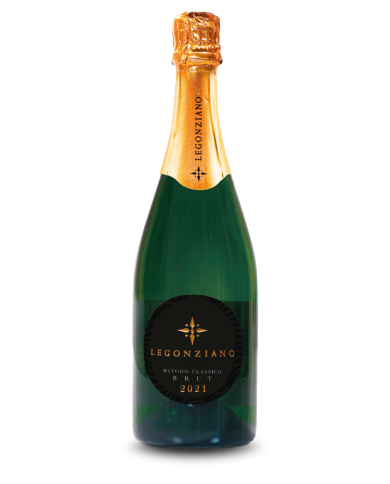Produced from Montepulciano grapes. Cherry red color with purplish-red hues. Fruity aroma with hints of cherry and strawberry, on the palate it is fresh and fruity, full-bodied with an aftertaste of bitter almonds.
Cherry red in colour, the nose is fruity, vinous, with hints of wood. The flavor is harmonious and tender.
The vineyards are located at an altitude of about 400 meters and fall within the territory of the Gran Sasso Monti della Laga Park.
This ros├® is produced from a vineyard over 40 years old, trained with spurred cordon with a density of 2200 plants per hectare with a yield of 8000 kg / ha. The production area is on the hills around Paterno di Campli at an altitude of 400 meters above sea level
The ŌĆ£Montepulciano d'Abruzzo Doc FortyŌĆØ wine is one of the most important Montepulciano wines produced by the Lidia e Amato company. The Lidia e Amato company is located in the province of Teramo in the Abruzzo region. The "Montepulciano d'Abruzzo Doc Forty" wine by Lidia e Amato is a red, still and dry wine. The wines of the Lidia e Amato winery, among which the wine "Montepulciano d'Abruzzo Doc Forty", reviewed in this article, contributed to the positive evolution of the appellation, thanks also to the professionalism of the operators who believed in the potential of the territory of province of Teramo. The reputation of the appellation and its wines, such as the "Montepulciano d'Abruzzo Doc Forty" of the Lidia e Amato company, continue to arouse the interest of the markets, as evidenced by the national and international awards of the wines produced by the companies of the Abruzzo region and the province of Teramo in particular. The Montepulciano d'Abruzzo Doc Forty wine from the Lidia e Amato winery, a wine of the appellation, is vinified from Montepulciano grapes. The Lidia e Amato winery produces about 6000 bottles of the Montepulciano d'Abruzzo Doc Forty wine, whose well-balanced organoleptic characteristics and gustatory balance make it one of the most interesting wines of the appellation.
The word 'transhumance' derives from the verb 'transumare' or rather to transit on the ground, to cross: the verb is the union of the two Latin words 'trans', which means beyond, and 'humus' which means soil, land. In Italy this ancient custom originated mainly in Abruzzo where it consisted in transporting (precisely 'transhuming') animals from the mountains to the rich pastures of the Gargano and it is from this activity that probably the most famous wine takes its name and representative of Abruzzo, Montepulciano. Humus is a Montepulciano d'Abruzzo DOP from organic viticulture, a friend of the land and nature, the son of a philosophy that takes shape in every production step and which gives a wine of excellent quality.
Trebbiano d'Abruzzo Bossanova is an Abruzzo white wine from the hills of Teramo, briefly macerated on the skins and aged for about 9 months in vitrified concrete tanks: it expresses aromas of hay and chamomile, yellow-fleshed fruit and hints of sage, while at sip is harmonious, taut and of excellent freshness, embellished with mineral tones and an intriguing savory persistence.
Pecorino from organic farming Abruzzo superior doc, Vigna di Caprafico. Mantica is an ancient name, it tells the story of a parcel of land, Mantica Longa, the object of a family sale.
A hidden ambition but not that much. Said in French, written in the Italian manner, to tell the story of the ridge on which the castle of Caprafico stood, in Casoli, on the eastern side of the Maiella. From the old stock of Montepulciano d'Abruzzo ungrafted, pure, adapted to the climate and soil of that primordial landscape, a rarity is born, today a clone selected from the Caprafico countryside, at the foot of the castle, "lu sciat├▓".
Company : Cantina Tollo Wine region : Abruzzo (Italy) Appellation : Terre di Chieti IGT (IGP) Vegan Type : white, dry, still Variety : Pecorino 100% Alcohol content : 13% Year : 2021 Format: 750 ml
A wine that tells the authenticity of nature, just as bees are proof of the quality of food.
Pairings
Excellent as an aperitif or with fish-based dishes, white meats and fresh cheeses
Taste the Authenticity of Natural Wines!
Natural wines are an increasingly popular choice among consumers, offering a unique and authentic taste experience. If you're looking to learn more about natural wines and how to try them, you've come to the right place. In this article we will look at what natural wines are, how they are made, and how they can best be savored.
What is a Natural Wine?
A natural wine is a wine produced without the use of additives, pesticides or other chemicals. Natural wines are produced only with grapes, water and yeast, and are produced in a way that best preserves the natural taste of the grape. They are also generally produced in small quantities which means that each bottle of natural wine is unique and offers a unique tasting experience.
How Are Natural Wines Made?
Natural wines are produced using grapes, water and yeast. The production process is very different from that used to produce conventional wines. The first thing to know is that natural winemakers do not use additives, pesticides or other chemicals. Instead, they try to work with the grape in order to best preserve its natural flavor, carefully choosing the plants and carefully tending the vines.
Once the grapes have been harvested, they are macerated for 12-14 days at a controlled temperature. This leads to a greater extraction of aromas and flavors which give the wine its rich complexity. The wine is then fermented in wooden barrels or concrete vats. This fermentation process is slow and can last from two to six months. Fermentation in wooden barrels gives the wine added complexity, while fermentation in concrete vats gives the wine greater freshness.
How to Taste a Natural Wine?
Savoring a natural wine is a unique experience that offers a rich complexity of aromas and flavours. To better enjoy a natural wine, it is important to prepare the glass properly. The glass should be rinsed with warm water and dried with a soft cloth to remove any chemical residue. Therefore, the glass should be filled up to half with wine to get a good oxygenation.
Once ready, take a sip of the wine and savor it slowly. Savor the color, aroma, taste and texture of the wine. Try to get all the aromas and flavors of grapes, like fruit, grass, hay, chocolate and so on. Also taste the complexity of the wine, feeling how the aromas and flavors evolve over time.
Conclusion
Natural wines are a great choice for those looking for an authentic and unique tasting experience. They are produced without the use of additives, pesticides or other chemicals, and are produced in a way that best preserves the natural taste of the grape. As we have seen, natural wines are produced with grapes, water and yeast, and are fermented slowly. To best enjoy a natural wine, it is important to prepare the glass properly and taste slowly, trying to capture all the aromas and flavours, and savoring the complexity of the wine. If you are looking for an authentic and unique tasting experience, try a natural wine!

